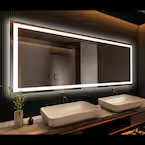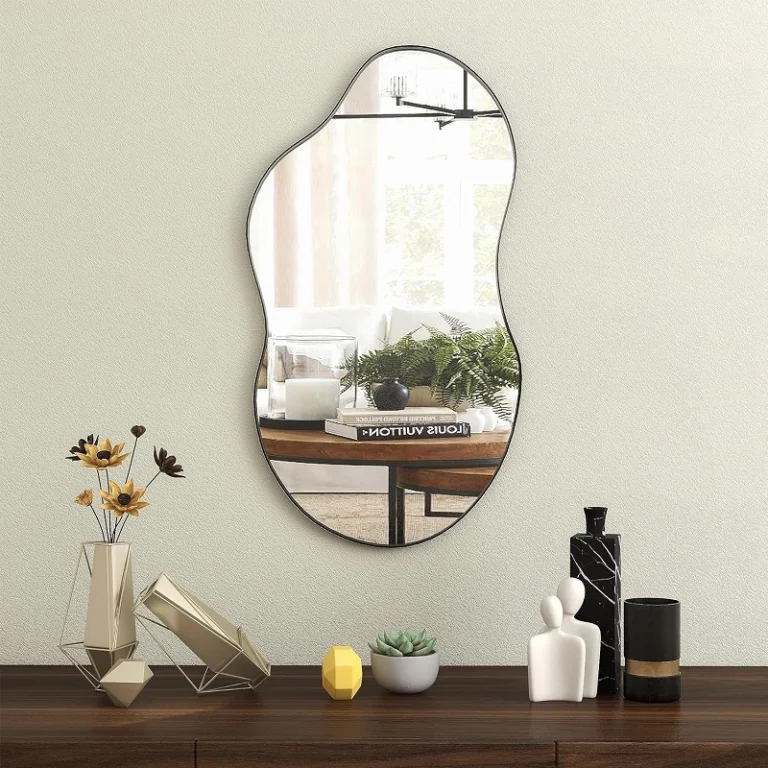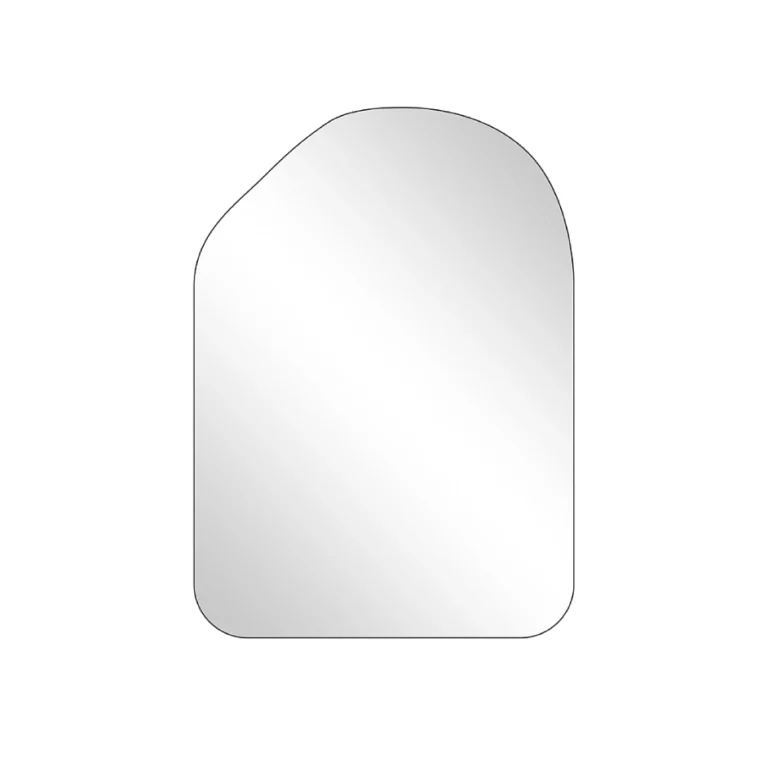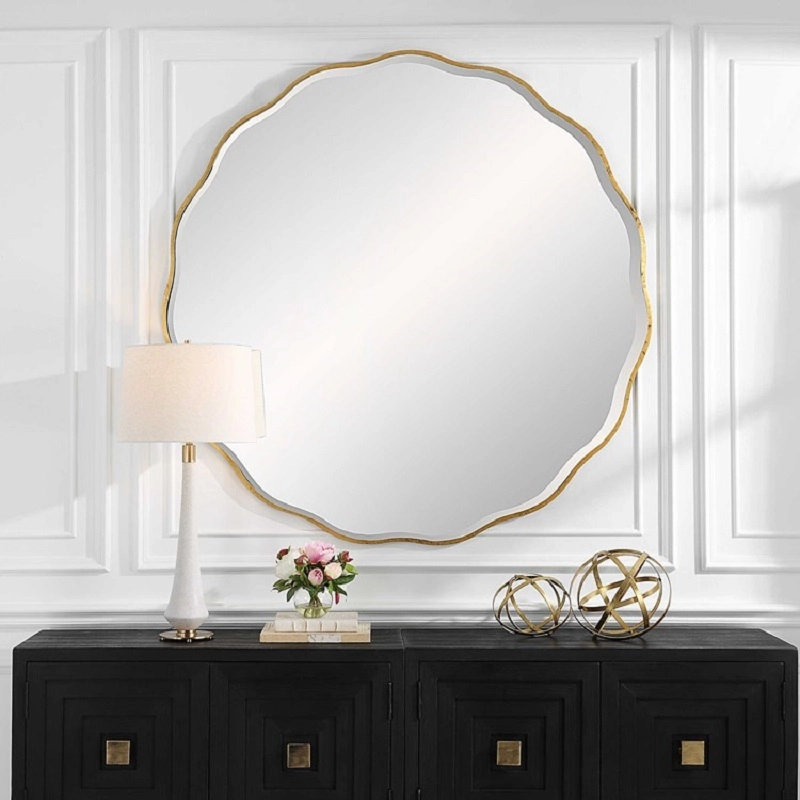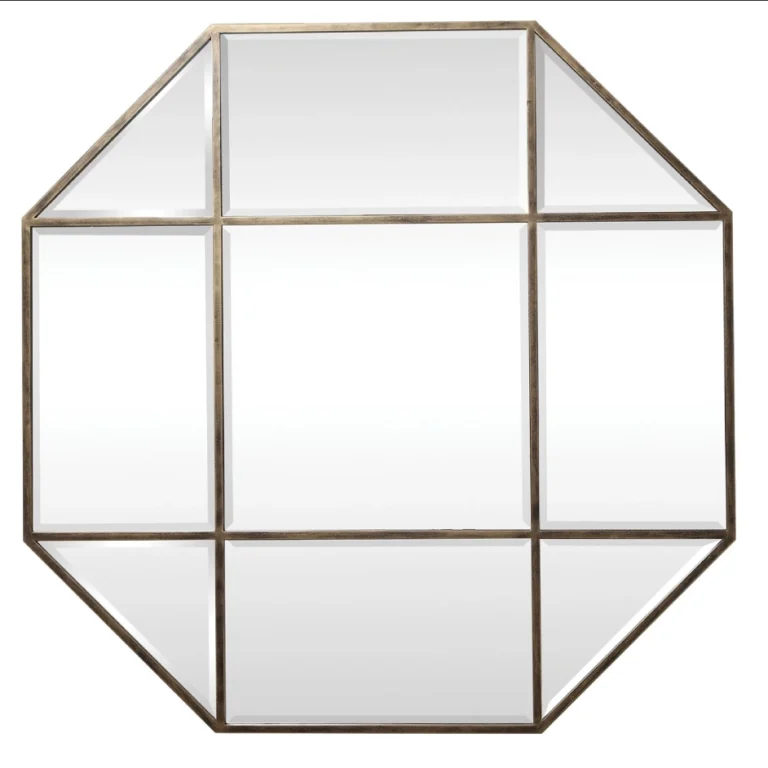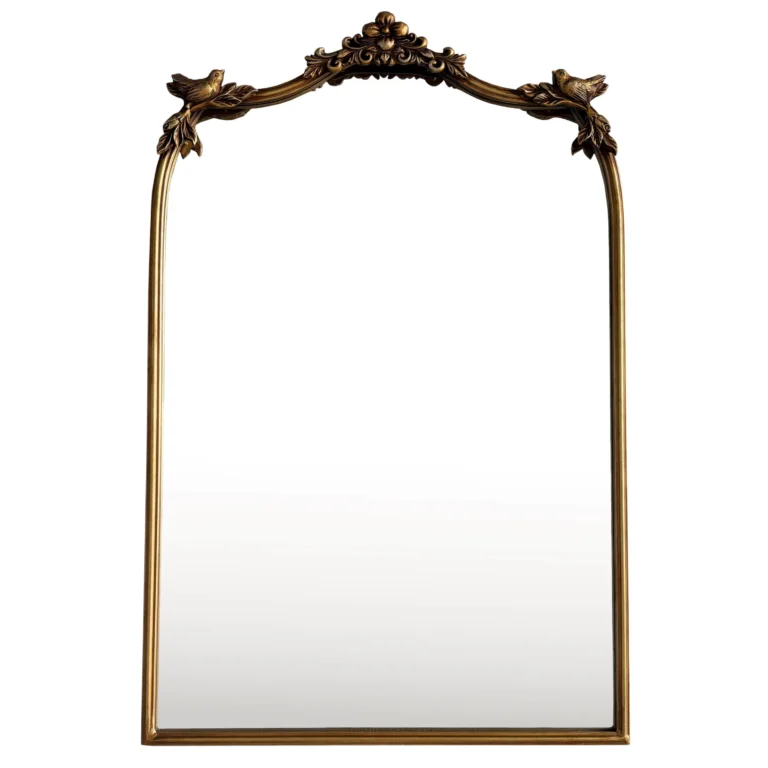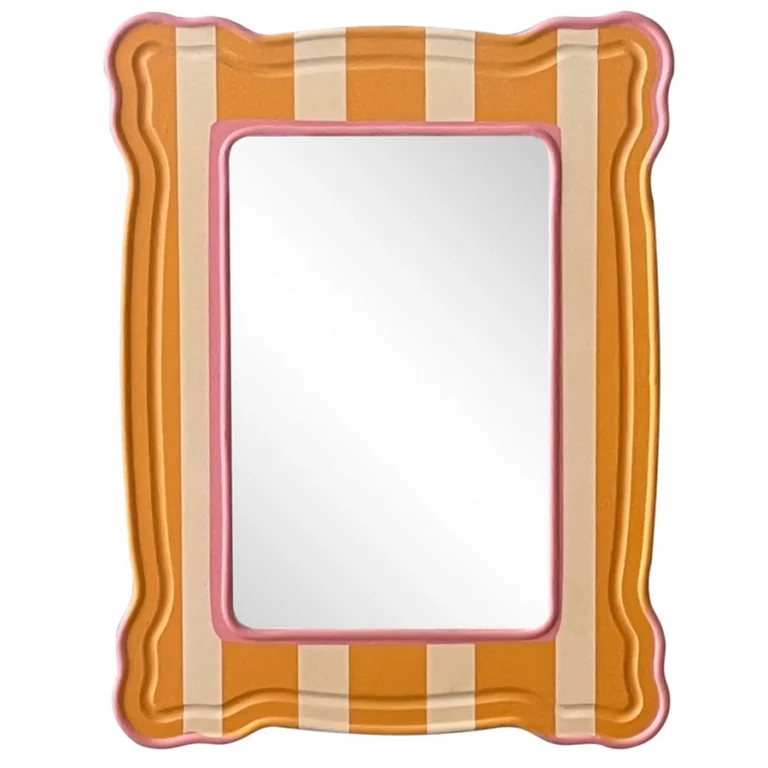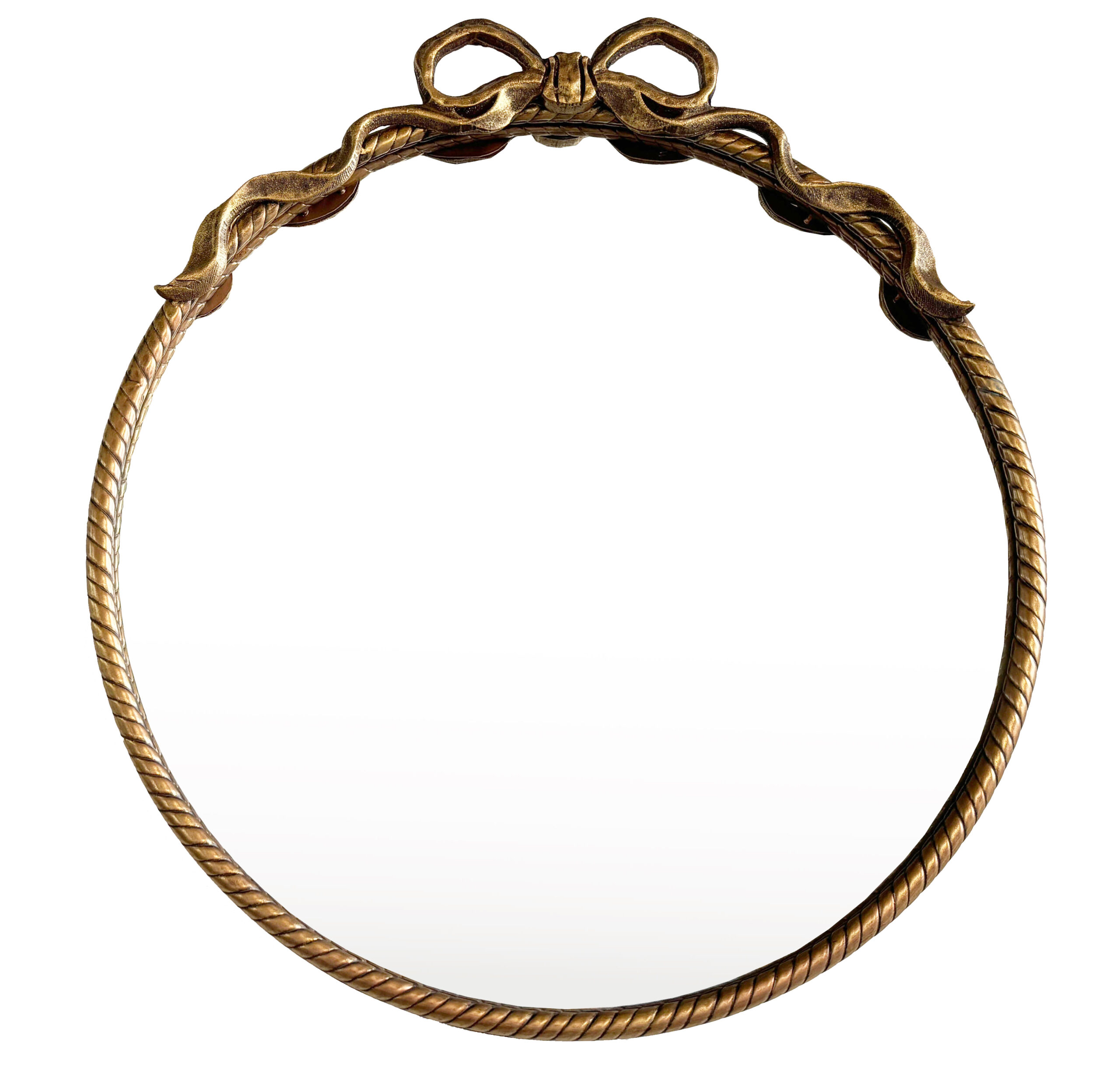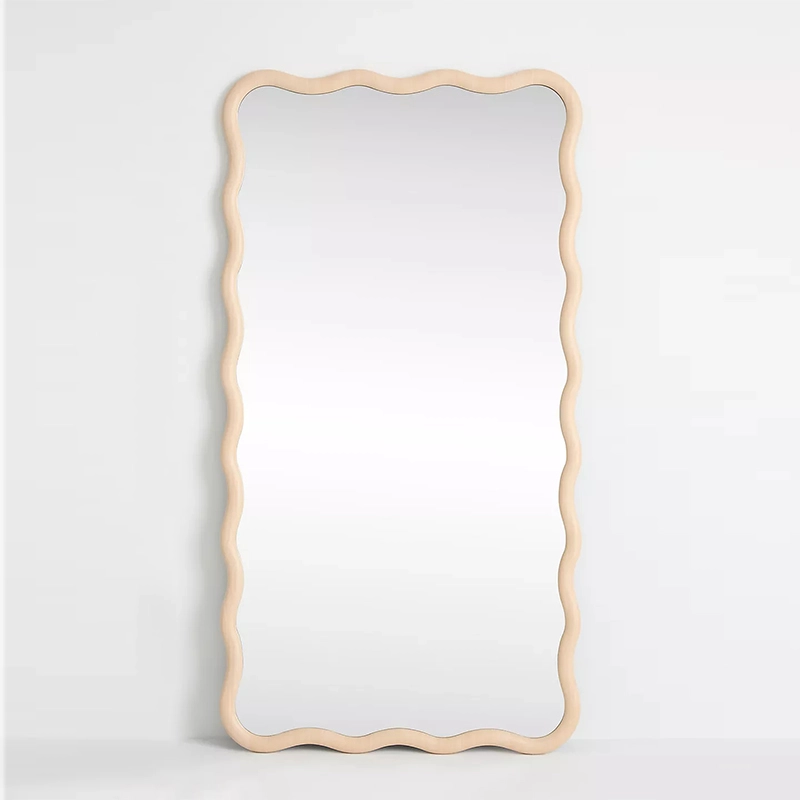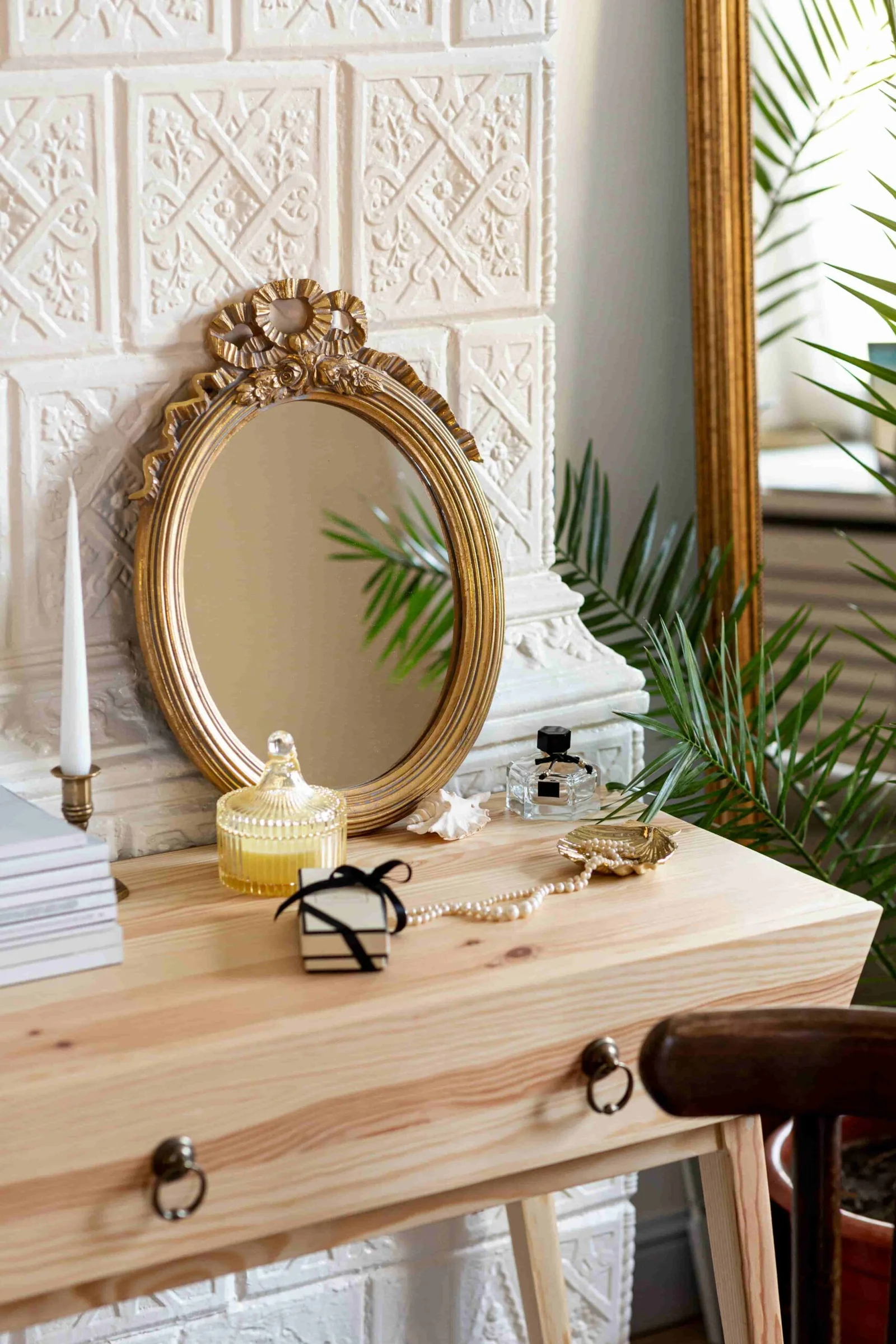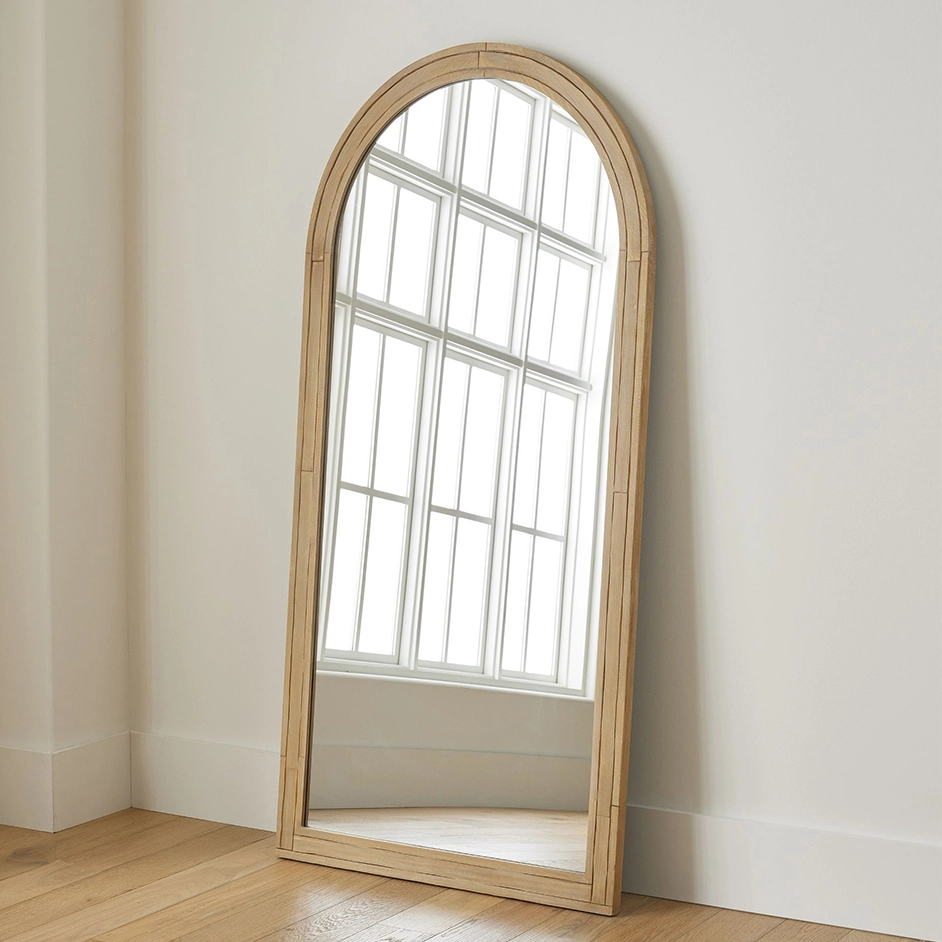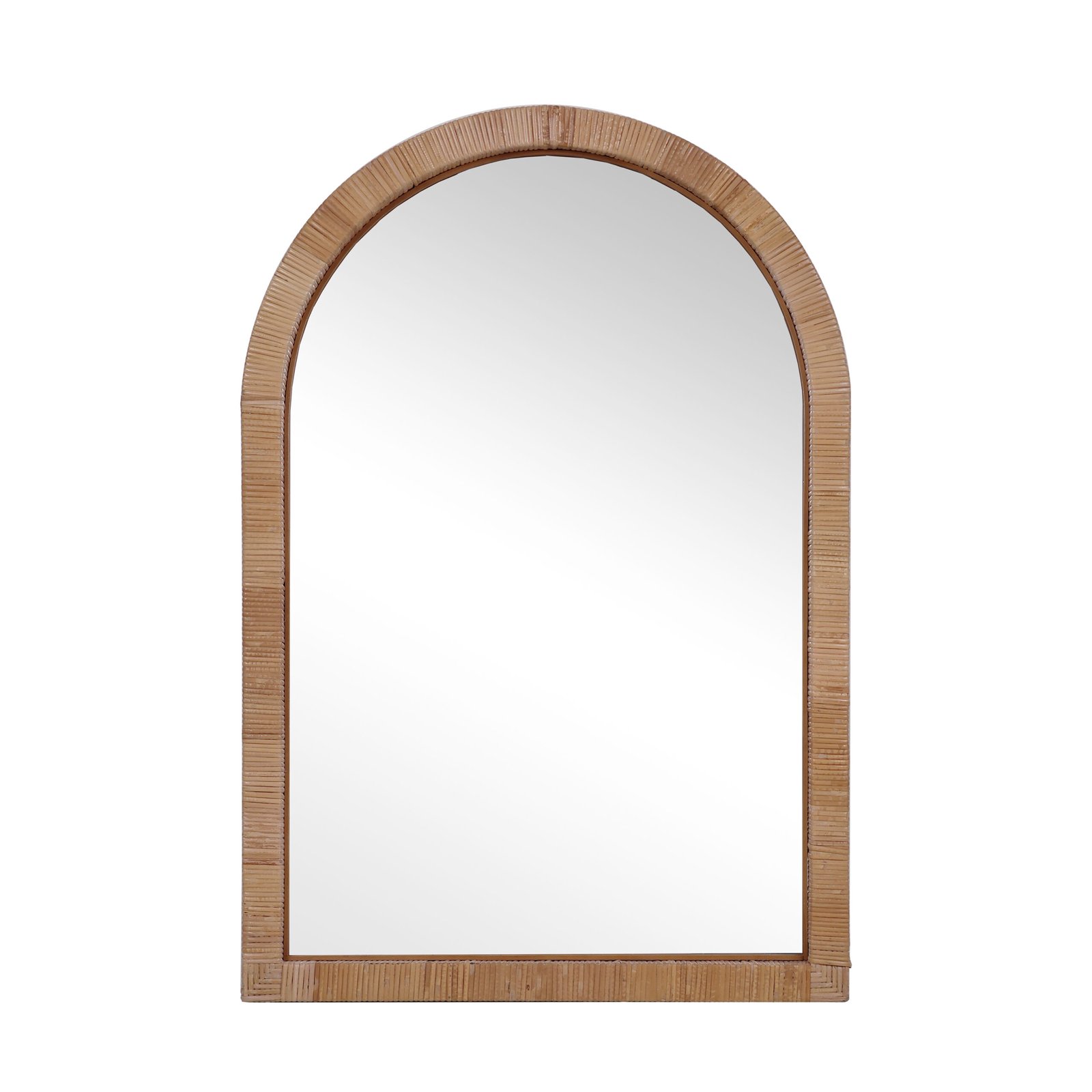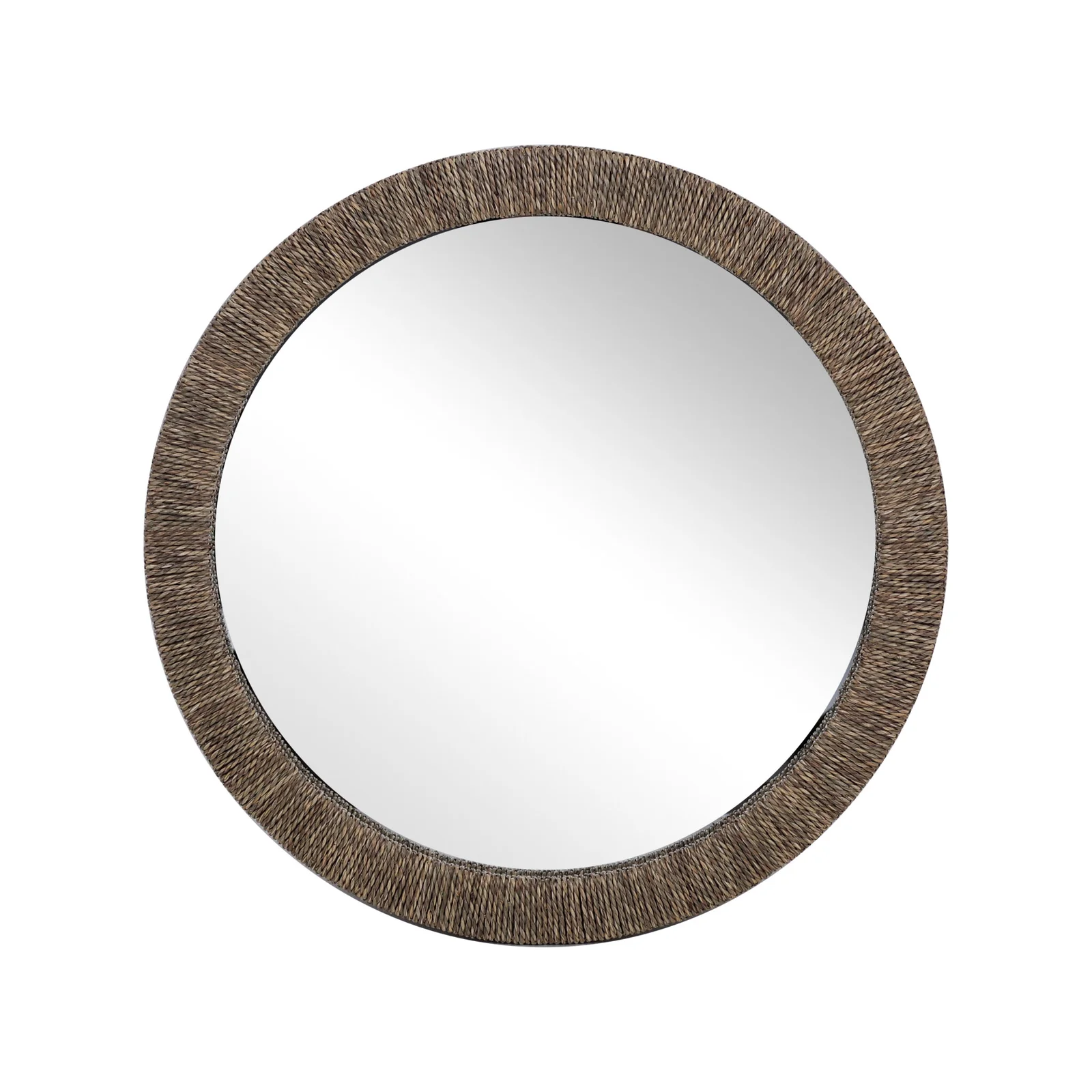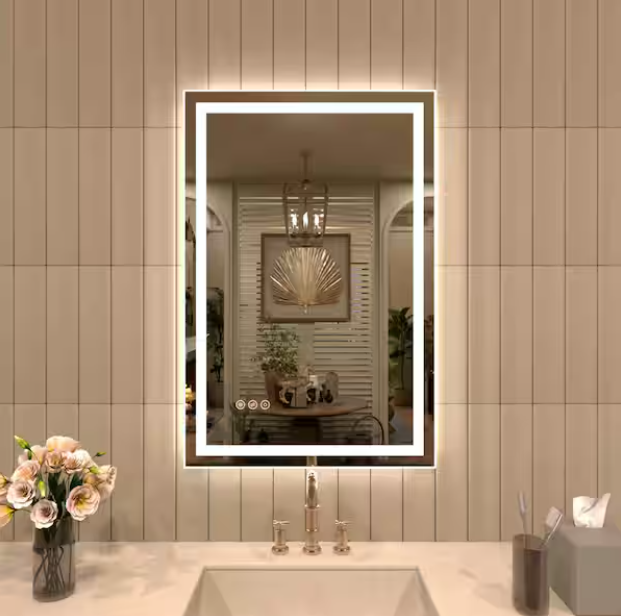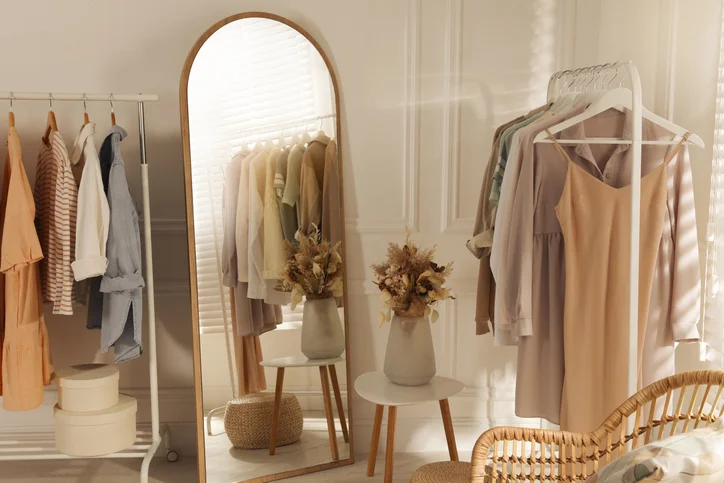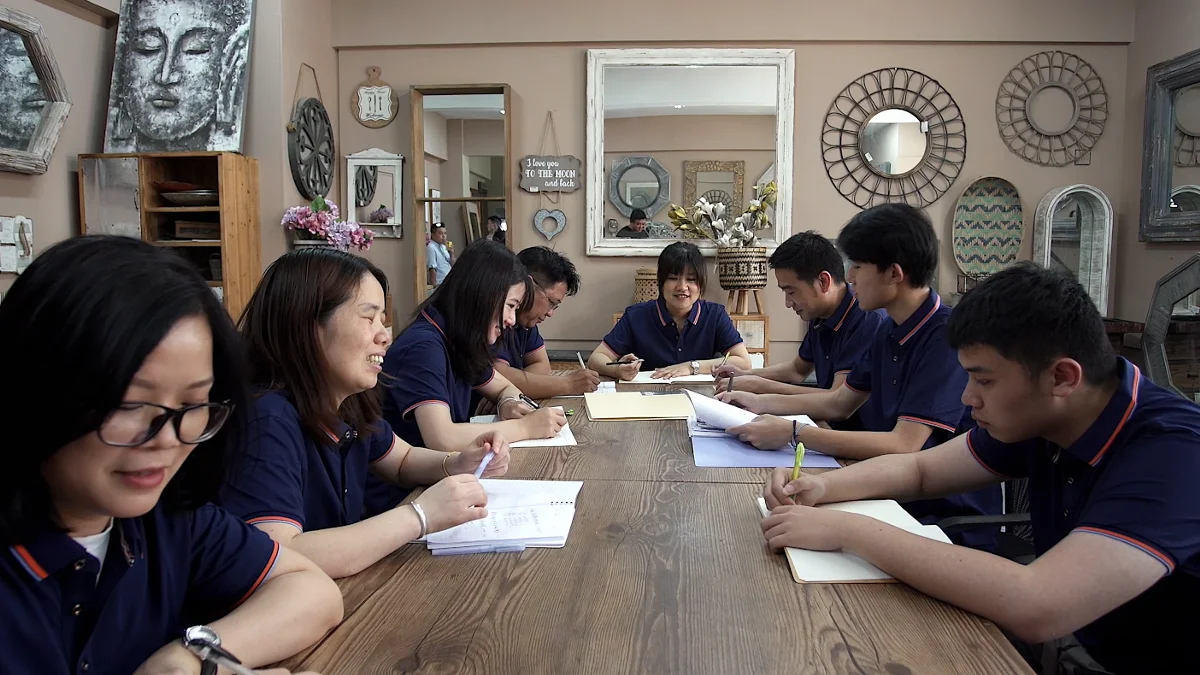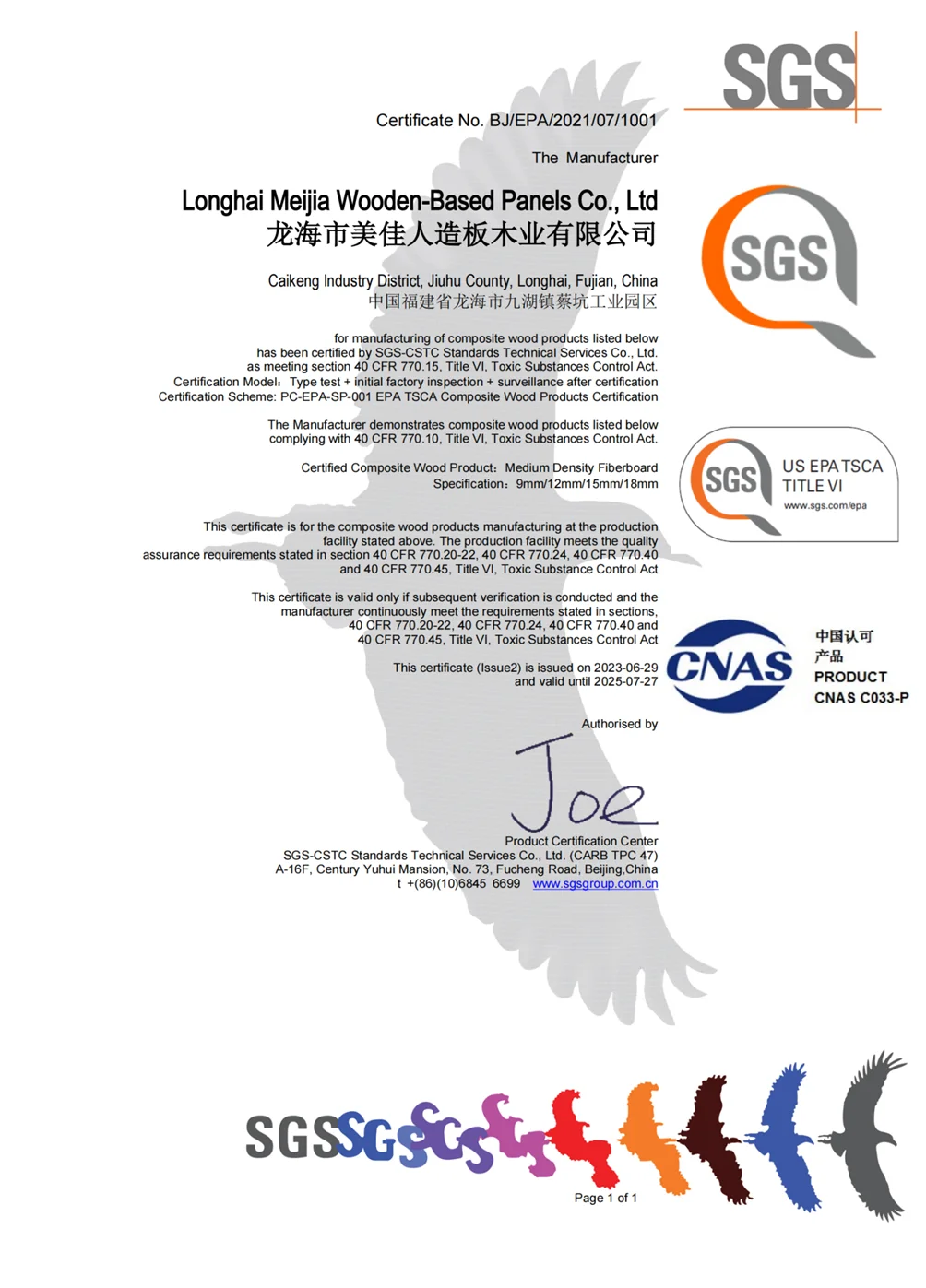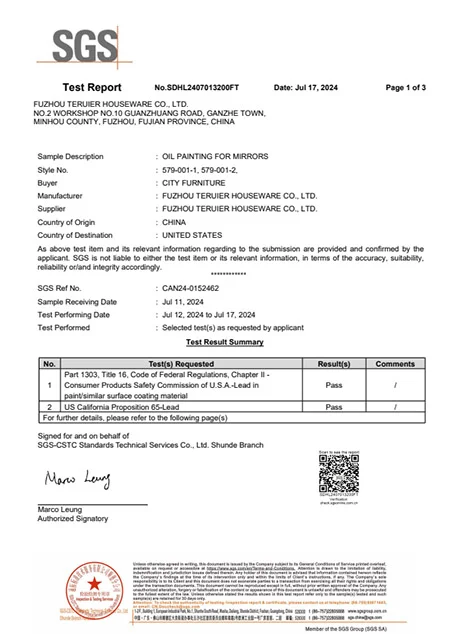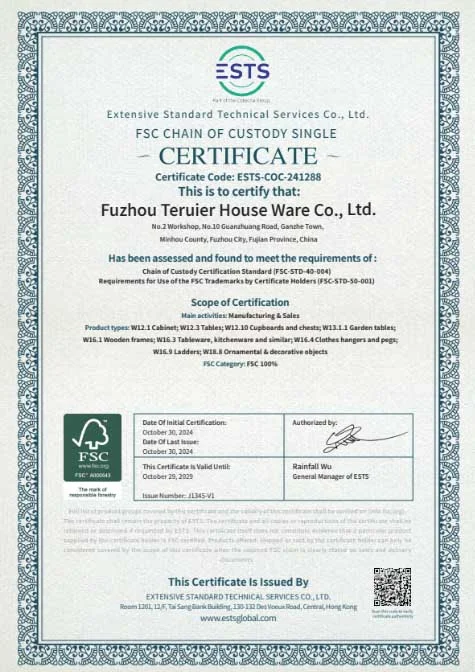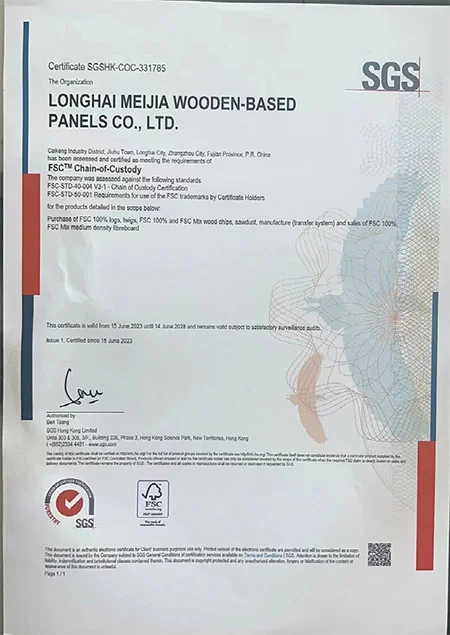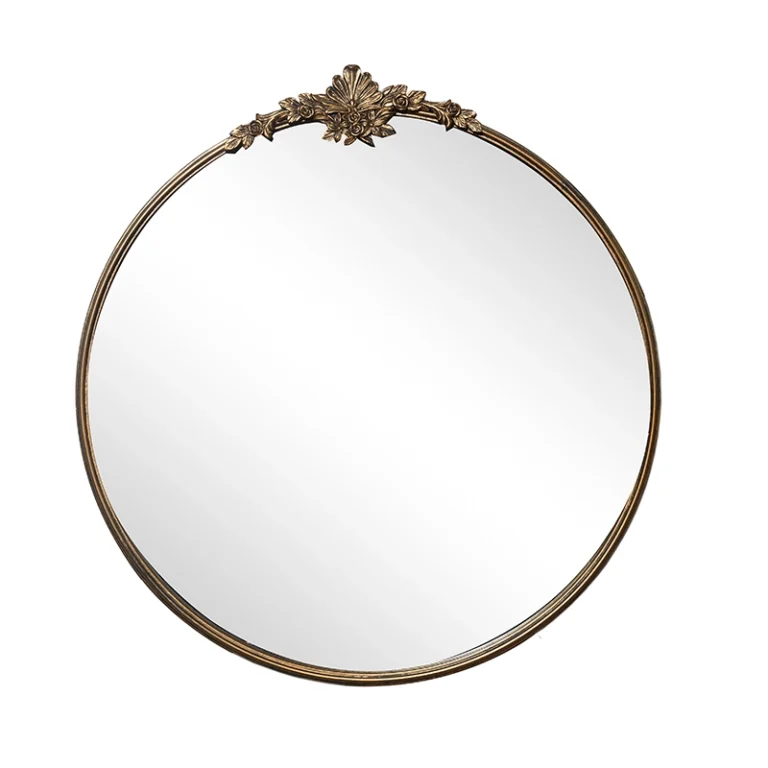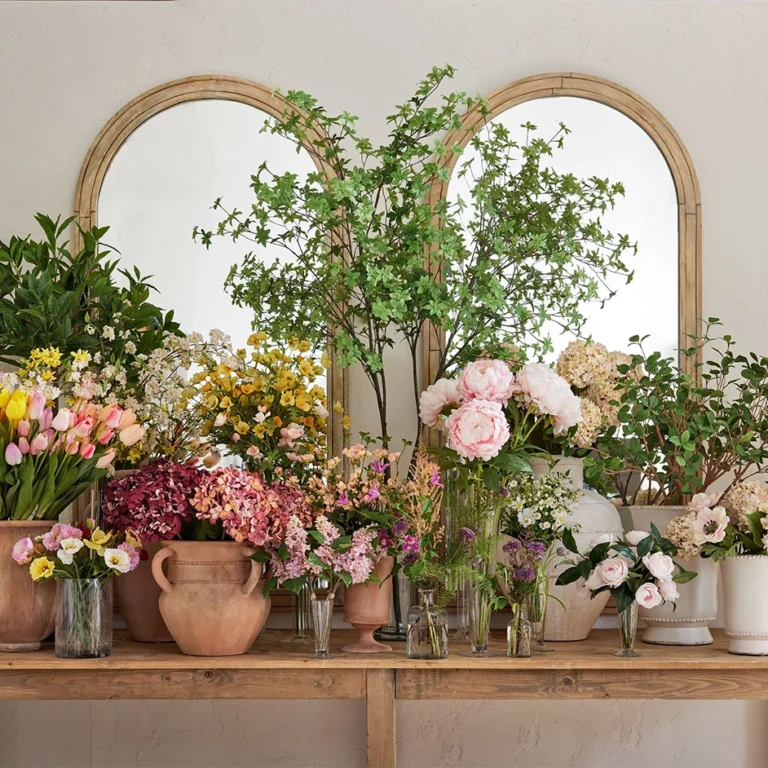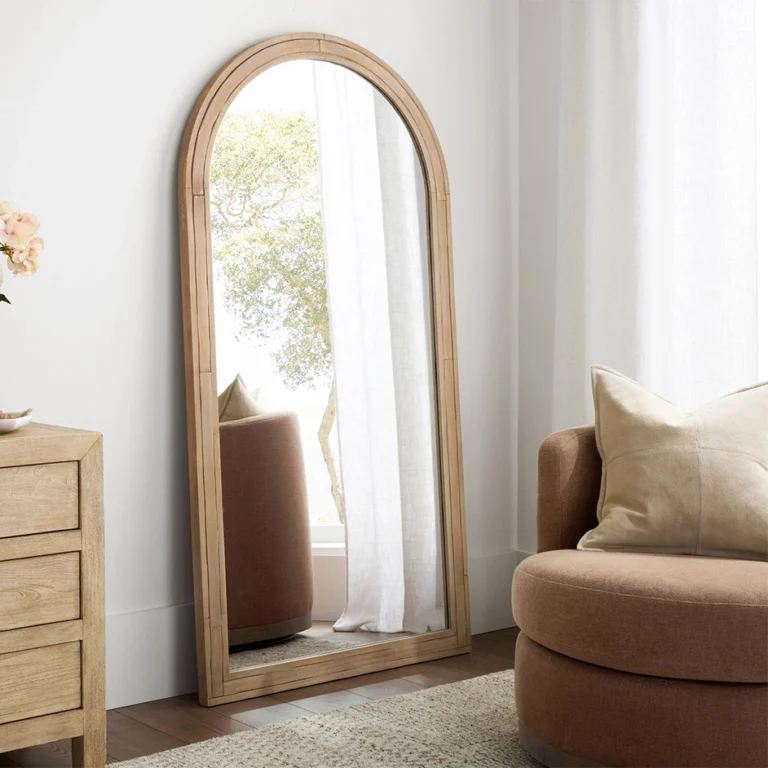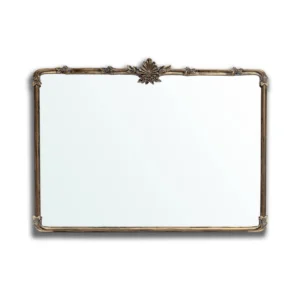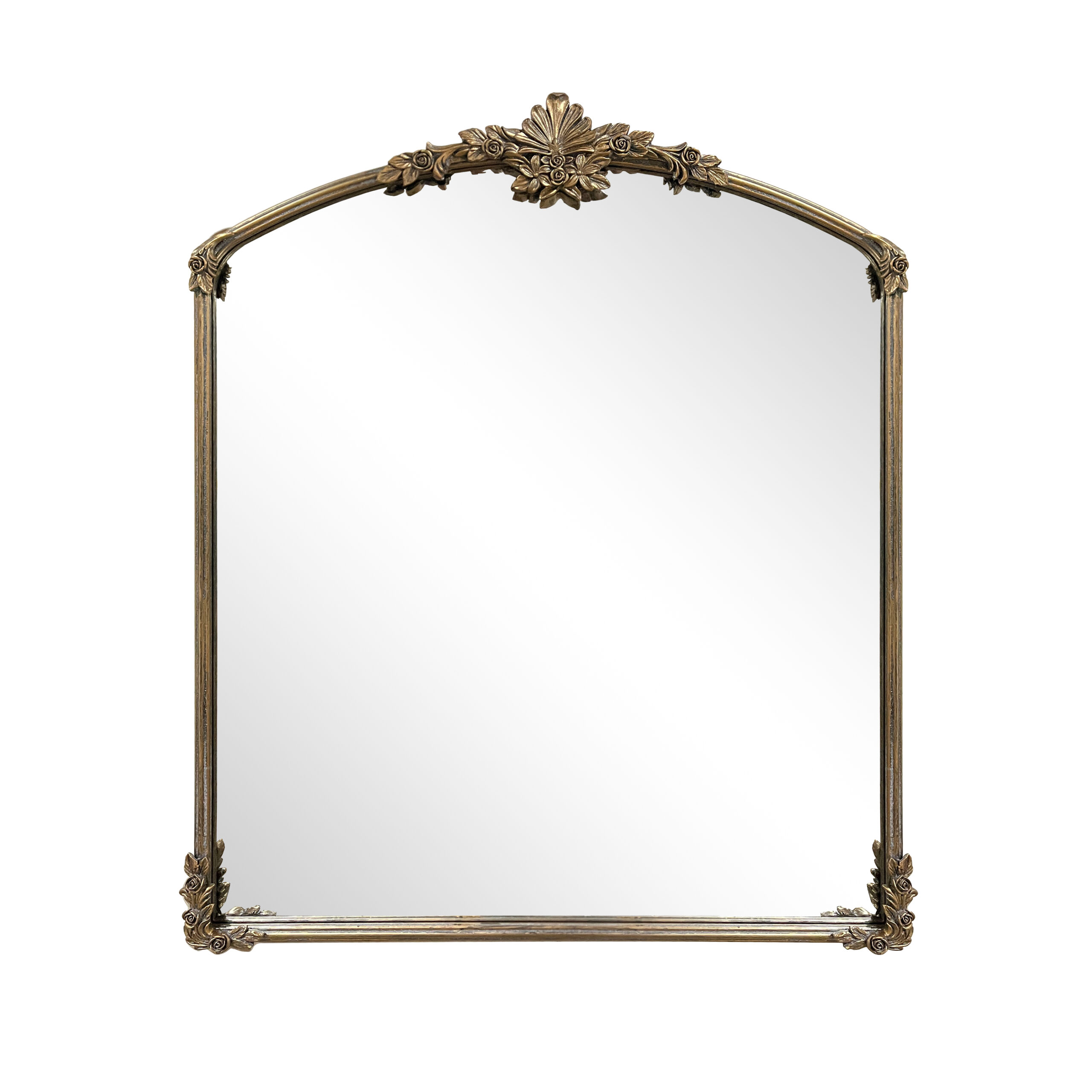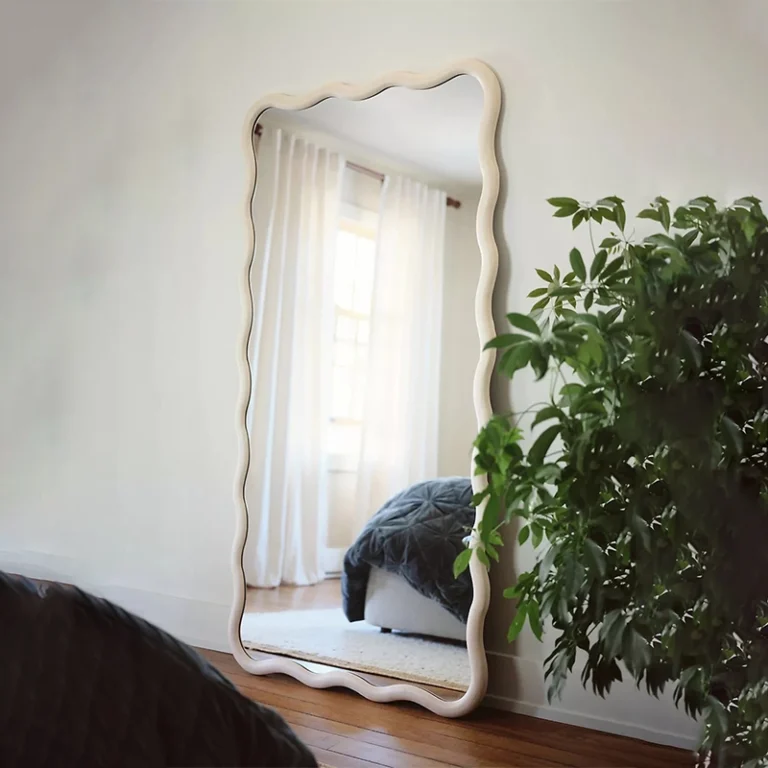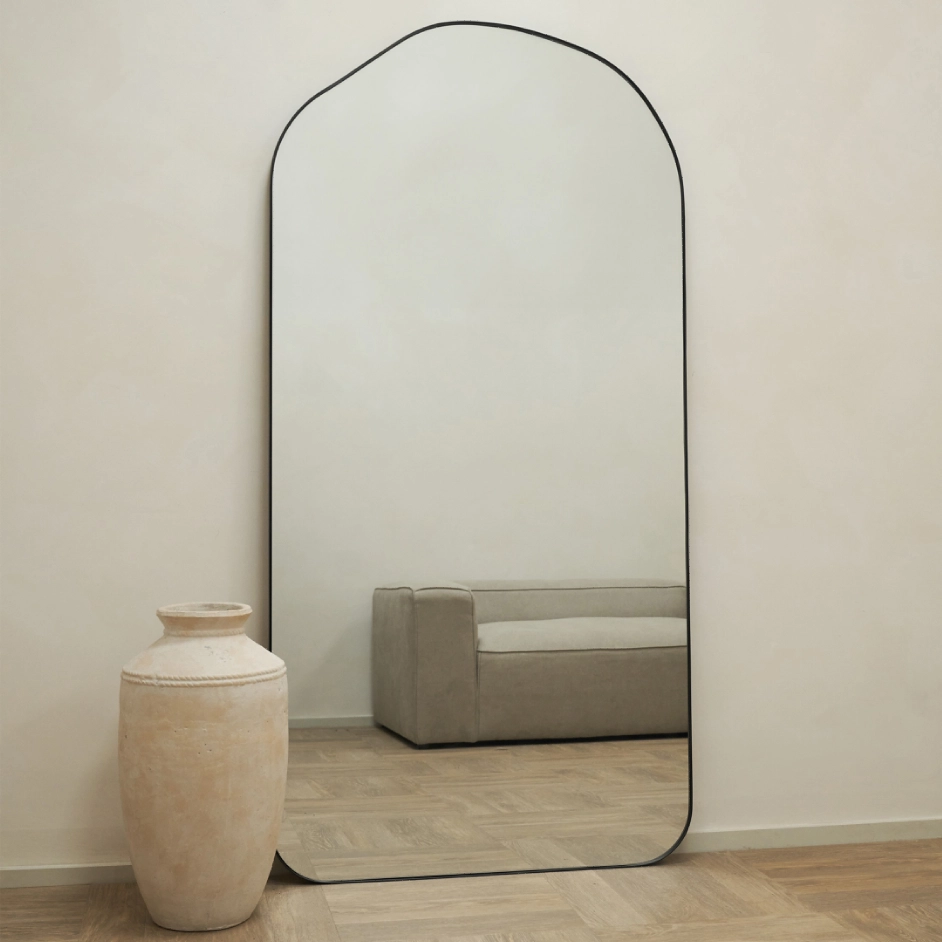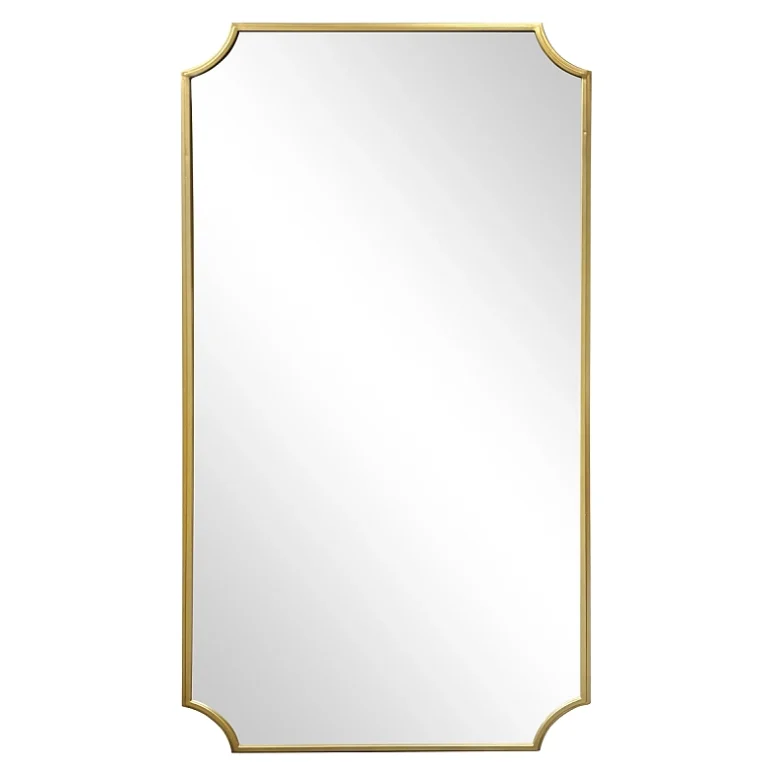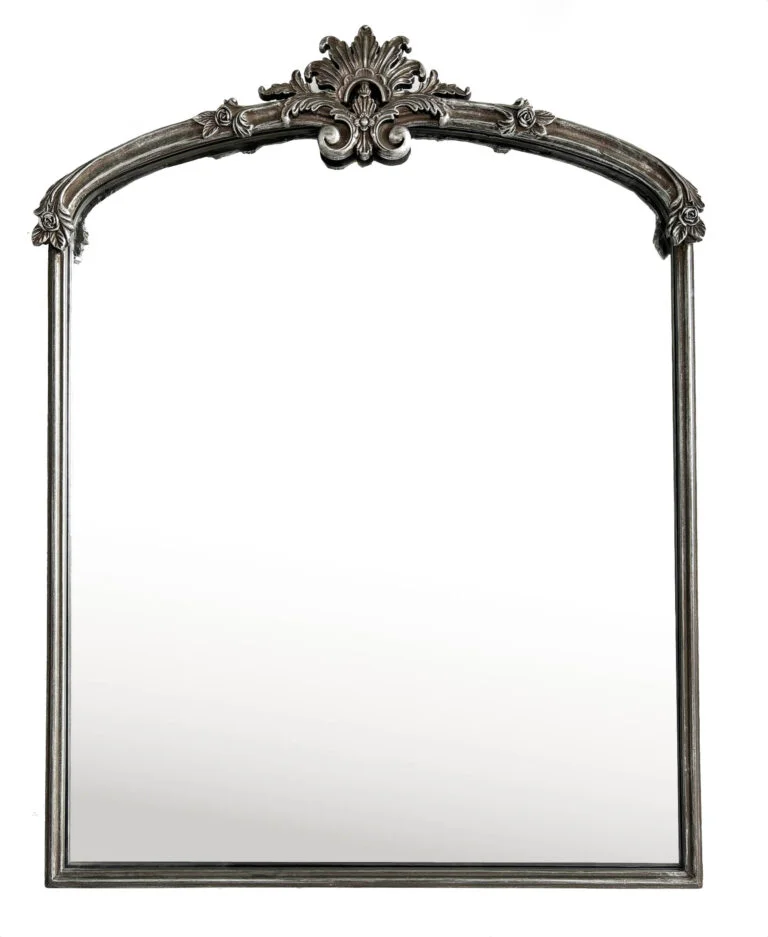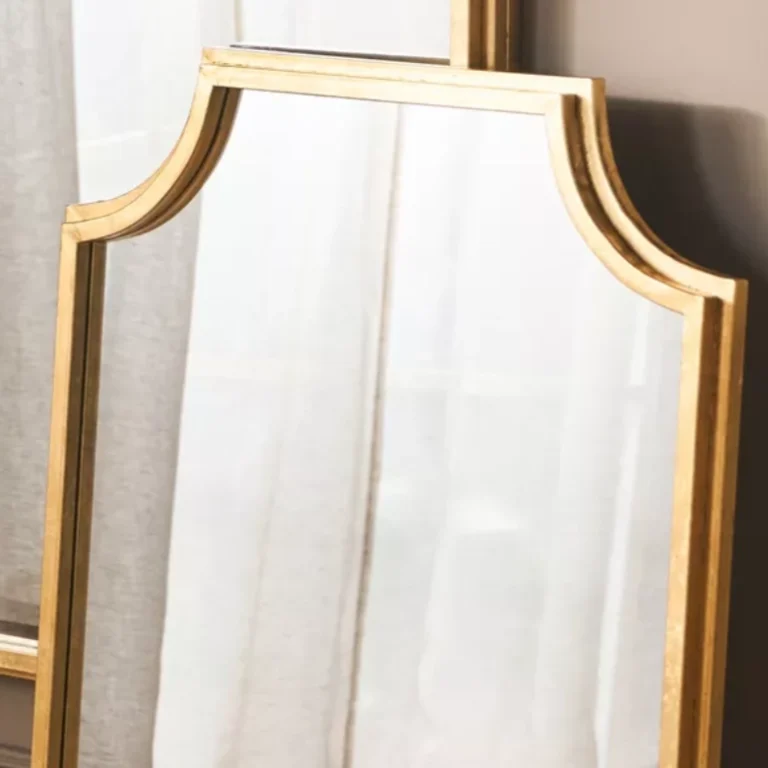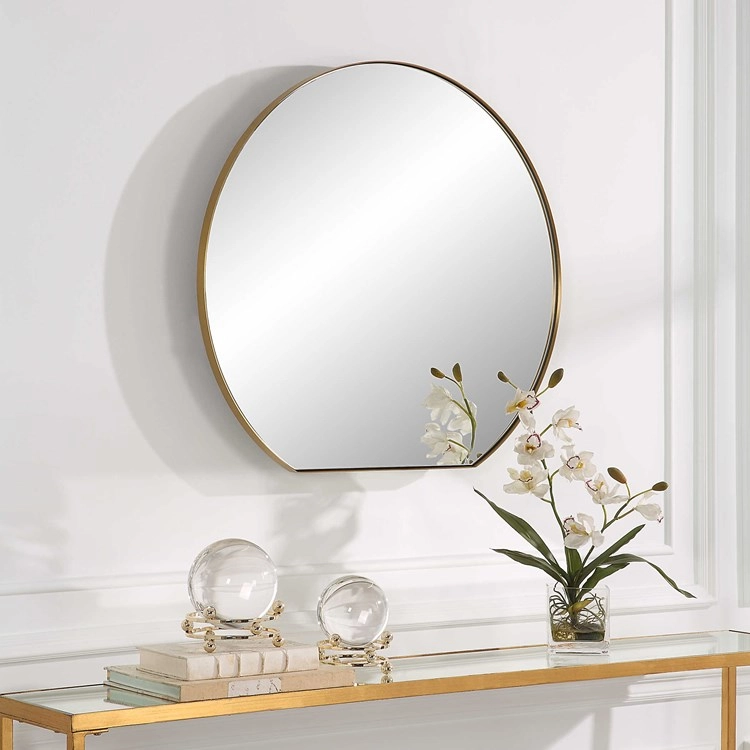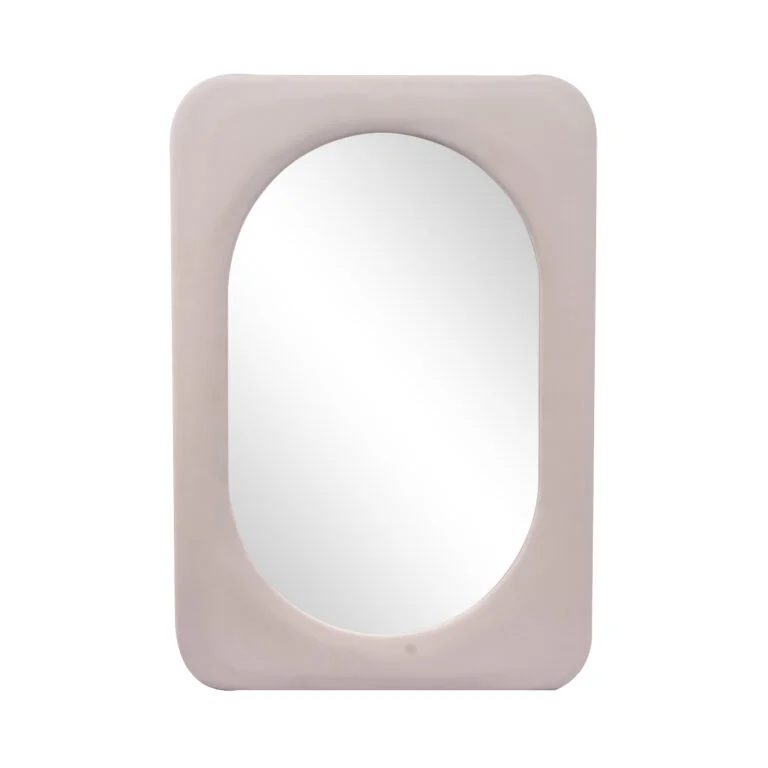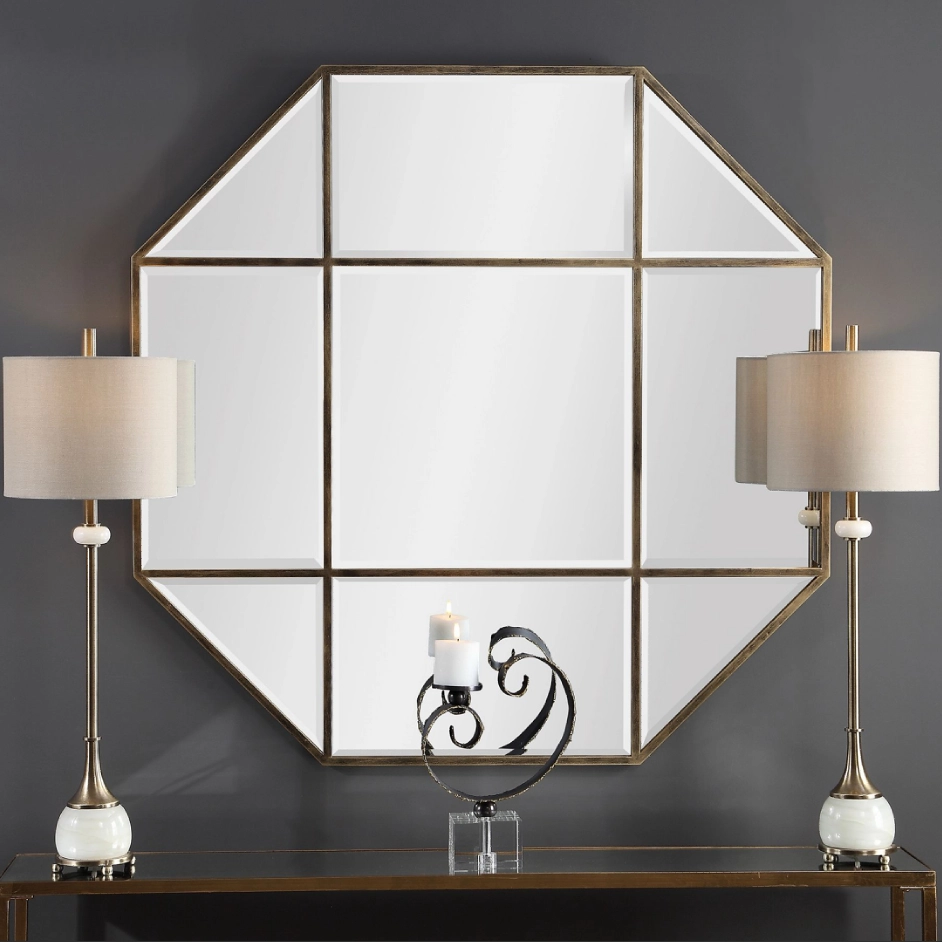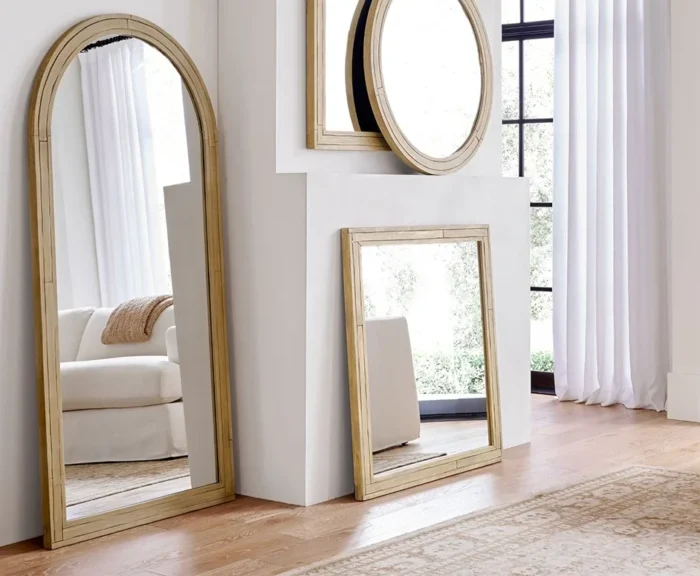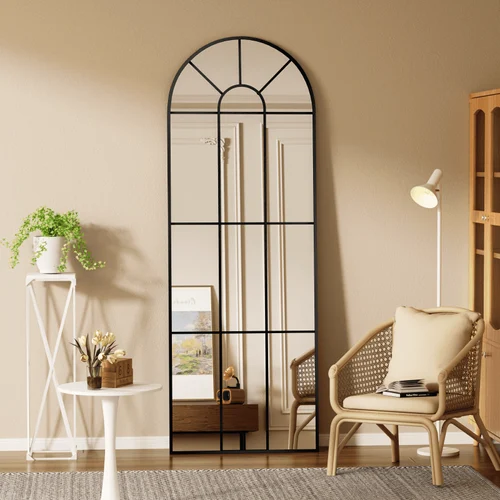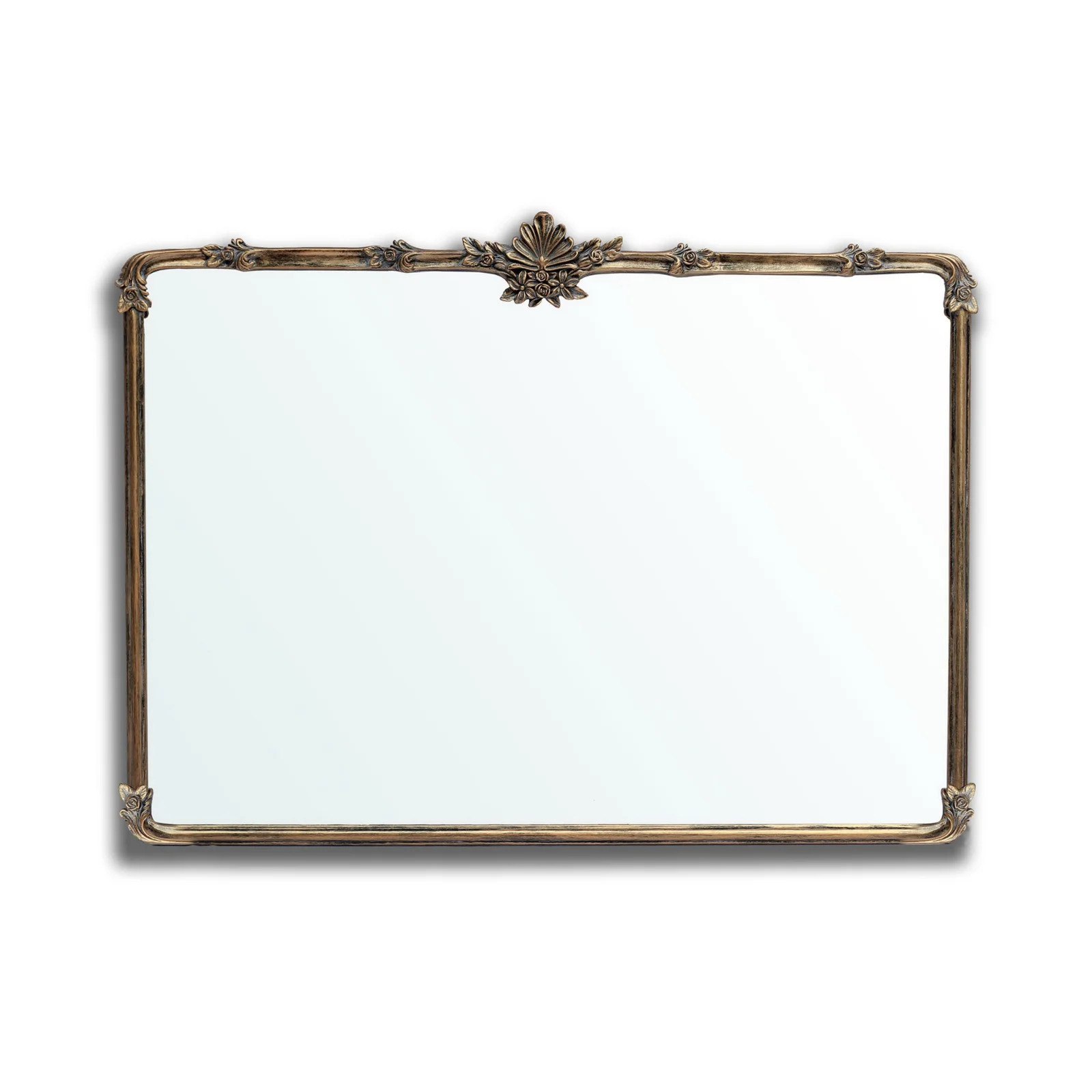Egyptian revival mirror
Of course! The Egyptian Revival style, particularly in decorative arts like mirrors, is dramatic, symbolic, and instantly recognizable. Here’s a comprehensive breakdown of what defines an Egyptian revival mirror, its history, key features, and how to identify one.
What is an Egyptian Revival Style Mirror?
An Egyptian Revival mirror is a decorative mirror that draws inspiration from the art, architecture, and symbolism of ancient Egypt. It was not made in ancient Egypt but is a product of later revival movements, primarily in the 19th and early 20th centuries.
These mirrors are characterized by their use of motifs like lotus flowers, papyrus reeds, scarabs, sphinxes, pharaohs, and geometric patterns, often executed in dark woods, gilded finishes, and sometimes even painted details.
Key Historical Periods of Egyptian Revival
The style emerged in two major waves:
-
The First Wave (Early 19th Century): Sparked by Napoleon’s campaign in Egypt (1798-1801) and the subsequent publication of the Description de l’Égypte, which detailed Egypt’s wonders for a fascinated European audience. This led to a craze known as Egyptomania.
-
Notable Event: The design of Egyptian-inspired furniture for the rooms of Empress Joséphine at Malmaison.
-
This wave was more archaeological and tried to be somewhat faithful to the original designs.
-
-
The Second Wave (1920s – 1930s): Reignited by one of the most significant archaeological finds in history: the discovery of Tutankhamun’s tomb by Howard Carter in 1922.
-
This wave coincided with the Art Deco movement. The geometric forms, bold lines, and sunburst motifs of ancient Egypt blended perfectly with the sleek, modern aesthetic of Art Deco.
-
This is the period when the majority of “Egyptian Revival” mirrors and furniture found today were produced. They are often more stylized and less archaeologically accurate than the first wave.
-
Defining Features of an Egyptian Revival Mirror
Look for these elements to identify an authentic or reproduction Egyptian Revival mirror:
1. Motifs & Iconography (The Most Important Feature)
-
Solar Discs & Wings: The vulture-and-uraeus motif (a winged sun disc with cobras) is extremely common, often placed at the top of the mirror.
-
Lotus and Papyrus Plants: Stylized lotus blossoms (closed or open) and papyrus reeds are frequently used as carved details on the frame, often symmetrically.
-
Egyptian Deities: Figures like Horus (often depicted as a falcon or with a falcon head), Isis, Anubis (jackal-headed), or Bastet (cat-headed) may appear as finials or side ornaments.
-
Scarab Beetles: A symbol of rebirth and the sun, often inlaid or carved.
-
Sphinxes: Winged or unwinged sphinxes (with a lion’s body and human head) can act as supports flanking the glass or as part of the frame’s structure.
-
Cobras (Uraei): The upright cobra was a symbol of royalty and protection, often seen rearing up on the brow of crowns. In mirrors, they are common decorative elements.
-
Hieroglyphics: Frames may be adorned with faux hieroglyphic bands. These are usually decorative and not meant to be read as actual language.
2. Form & Shape
-
Pylon Shape: The frame is often shaped like a pylon—the massive, sloping gateway to an Egyptian temple. This creates a strong, trapezoidal silhouette.
-
Symmetry: Designs are almost always perfectly symmetrical.
-
Geometric Patterns: Bold, linear patterns like zigzags, chevrons, and stepped patterns are common, especially in Art Deco-influenced pieces.
3. Materials & Finish
-
Gilding: Gold leaf or gold paint is ubiquitous, mimicking the treasures found in pharaohs’ tombs.
-
Dark Woods: Mahogany, ebony, or other dark woods stained black were popular for a contrasting, dramatic effect.
-
Color Accents: Some pieces feature painted details in classic Egyptian colors: turquoise, lapis lazuli blue, deep red, black, and gold.
-
Inlay: Some higher-end pieces may feature mother-of-pearl, ivory (or faux ivory), or ebony inlay.
Is It Vintage or a Reproduction?
-
Vintage (1920s-1930s): Look for signs of age on the back and frame. The glass may be slightly wavy or have minor imperfections. The gilding will often be worn (rubbed patina), especially on high points. The wood on the back will look old, and it may have older, possibly rusty hardware.
-
Modern Reproduction: These are very common. The construction might be lighter, using modern materials like MDF instead of solid wood. The finish is often too perfect and uniform, lacking the gentle wear of age. They are popular in themed bars, restaurants, and with certain interior design styles.
How to Style an Egyptian Revival Mirror
This is a statement piece. It works best as a focal point in a room.
-
Art Deco Interiors: It’s a natural fit.
-
最大主义和折衷主义的空间: 它增加了戏剧性和引人入胜的元素。
-
现代简约风格的房间: 一面单一的大胆埃及镜子可以与干净的中性背景形成令人惊叹的对比,使其真正成为雕塑的焦点。
-
主题房间: 非常适合家庭图书馆、戏剧性的走廊或带有黑金色饰的浴室。
总之,埃及复兴时期的镜子不仅仅是一个功能性物品;它是一件充满历史魅力和象征意义的装饰艺术品,使它成为任何空间中永恒而迷人的点缀。
Generally speaking, our order requirements are as follows: the minimum order quantity (MOQ) for large items is 50 pieces, for regular items it is 100 pieces, for small items it is 500 pieces, and for very small items (such as ceramic decorations) the MOQ is 1,000 pieces. Orders exceeding $100,000 will receive a 5% discount. The delivery timeline is determined based on the specific order quantity and production schedule. Typically, we are able to complete delivery within two months.
